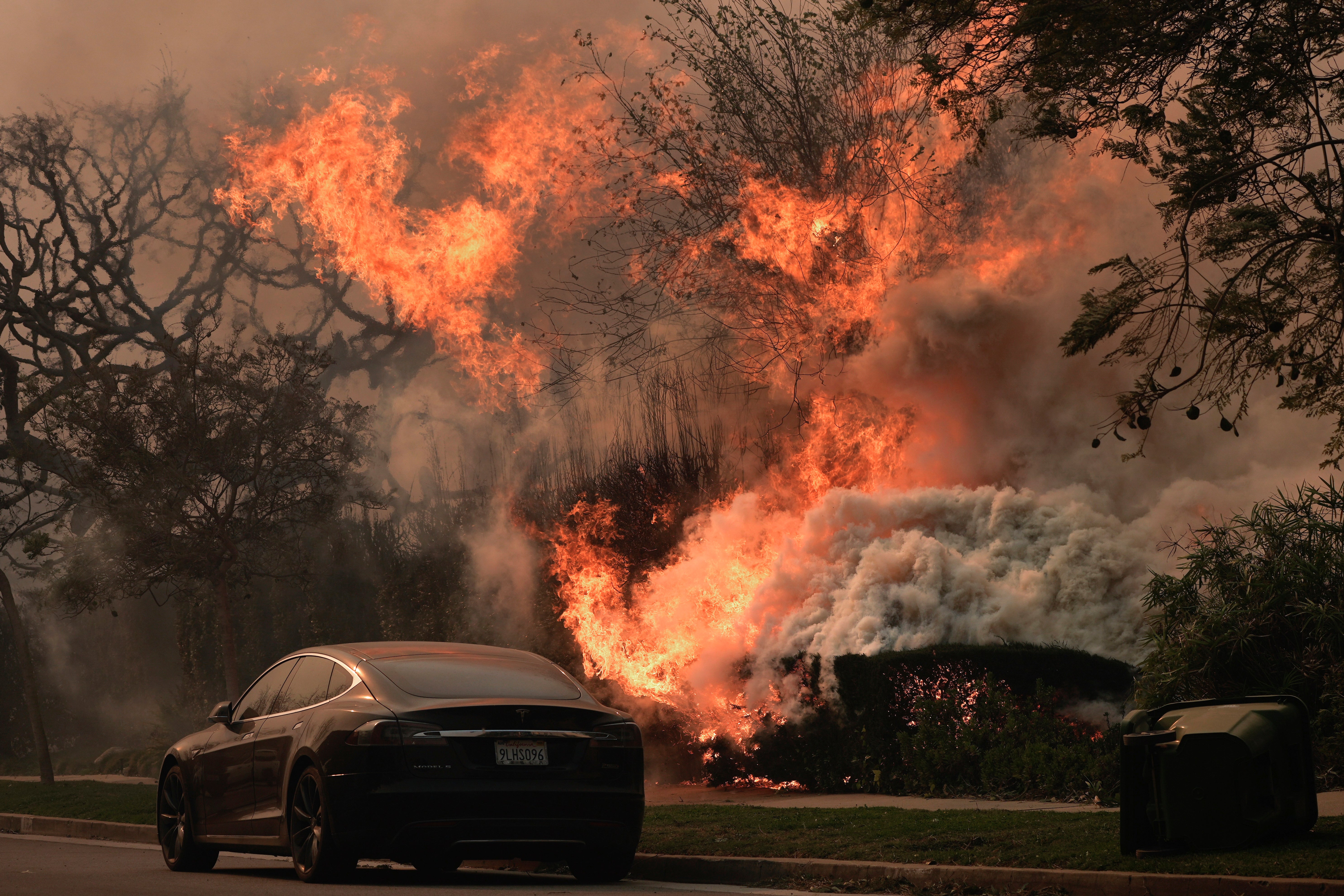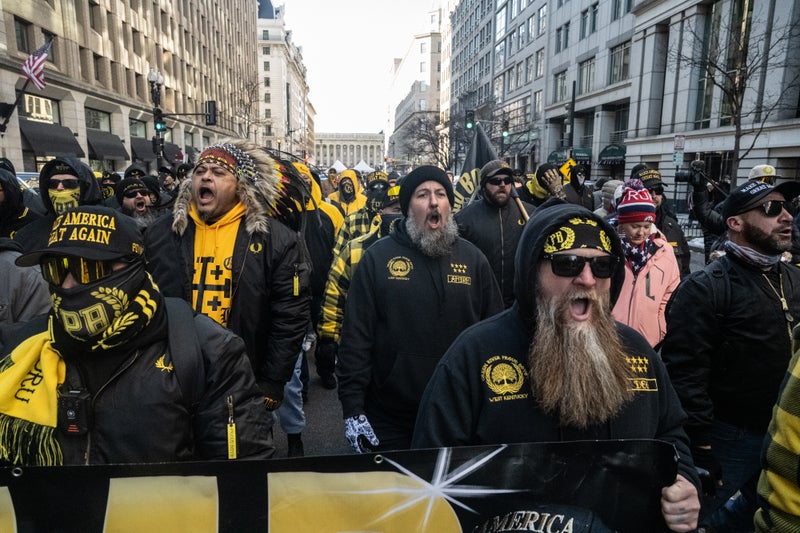Could more brush clearance really have stopped catastrophic California wildfires?
Share:
Brush clearance more significant in Northern California ecosystem than hills around Los Angeles, according to experts. As fires continue to devastate Los Angeles, critics argue that in addition to preparing for vulnerabilities in the city’s patchwork hydrant system, officials could have done more to prevent the blazes by clearing built-up brush and vegetation around the most vulnerable areas.
![[Neighborhoods like Pacific Palisades were built in high-risk fire zones]](https://static.independent.co.uk/2025/01/13/21/California_Wildfires_Wind_Explainer_88151.jpg)
These arguments are largely incorrect, according to fire experts. Even these regulations, however, would not have stopped this round of fires, which spread quickly as Santa Ana winds with gusts of over 80 mph blew the blaze horizontally between houses and carried embers through the sky, touching off new blazes.
“You could have put a 10-lane freeway in front of that fire and it would not have slowed it one bit,” he added. Making matters worse, hard-hit neighborhoods like Altadena and the Pacific Palisades are built in high-risk fire zones. In addition, 90 percent of Los Angeles County’s housing stock was constructed before 1990, prior to fire-proofing code requirements taking effect.
An analysis from the newspaper found that as of Saturday, more than 70 percent of the burned areas in L.A. County were in zones the state determined have very high fire risk. Thus, when fast-moving winds began carrying the blaze towards these communities, the stage was set for catastrophic destruction.
In these areas, controlled burns and reduction in brush can make forests both more resilient and less combustible, but these impacts are less meaningful in the dry, scrubby climate of Southern Calfornia, one of the most extreme fire climates in the world, according to the National Park Service.






















